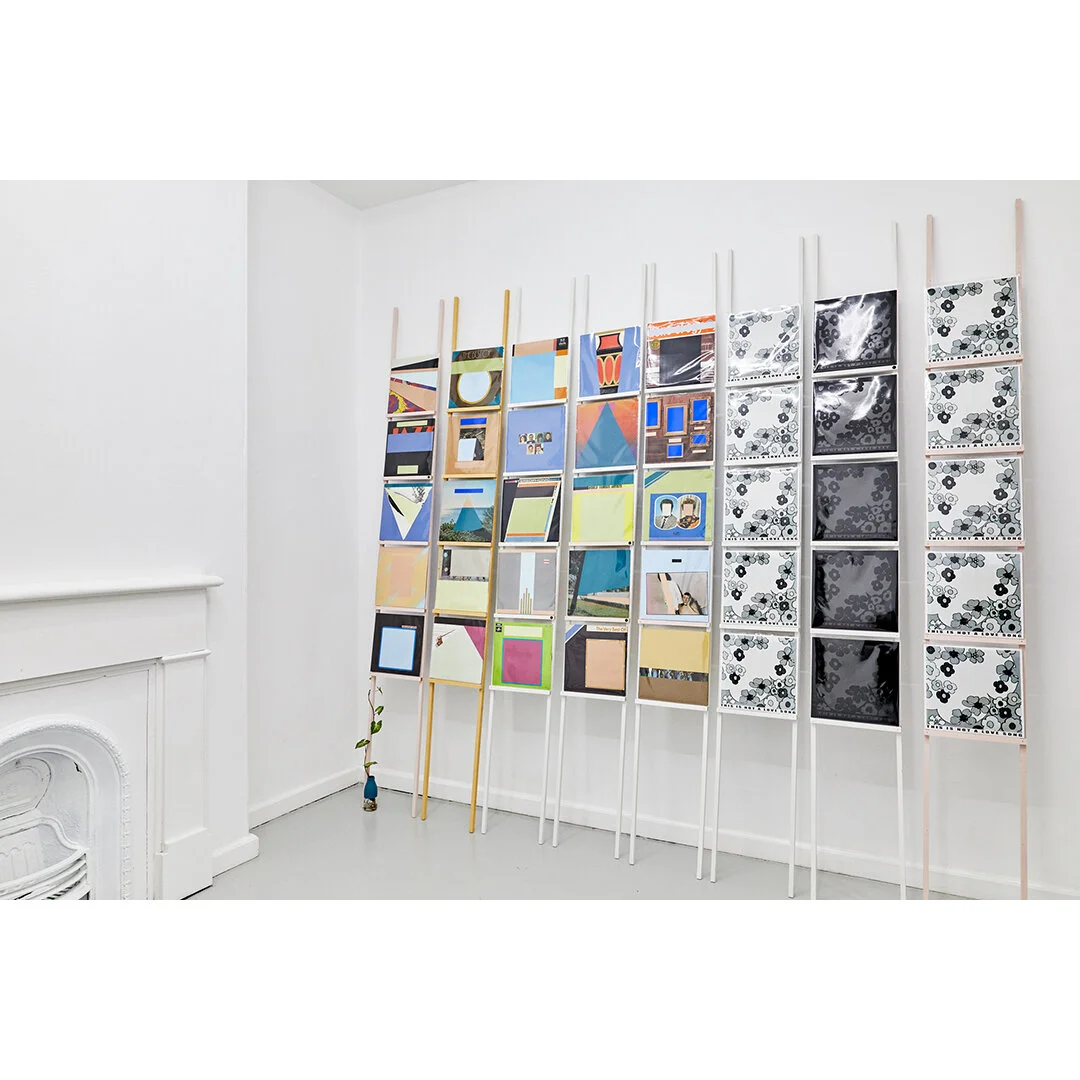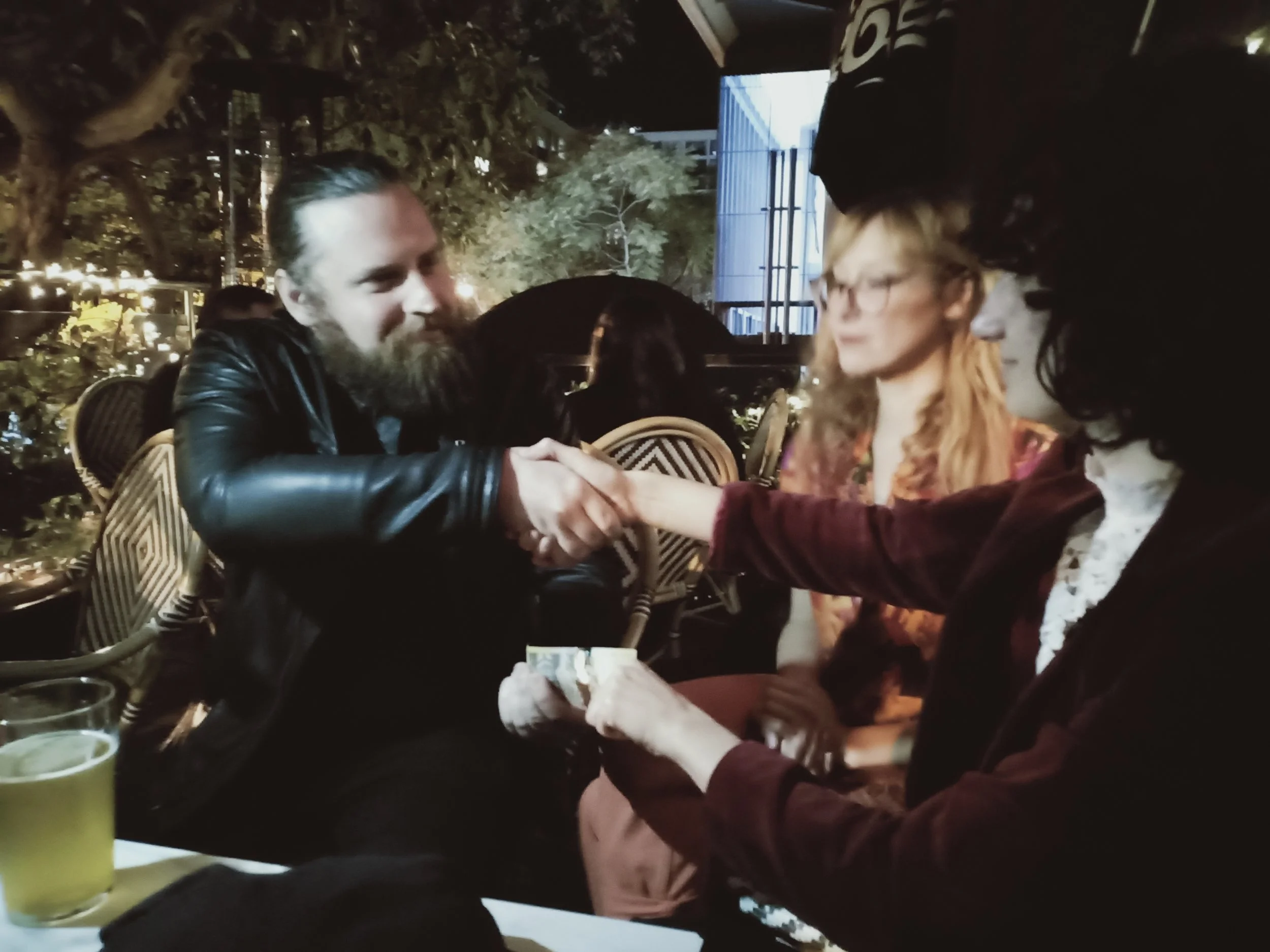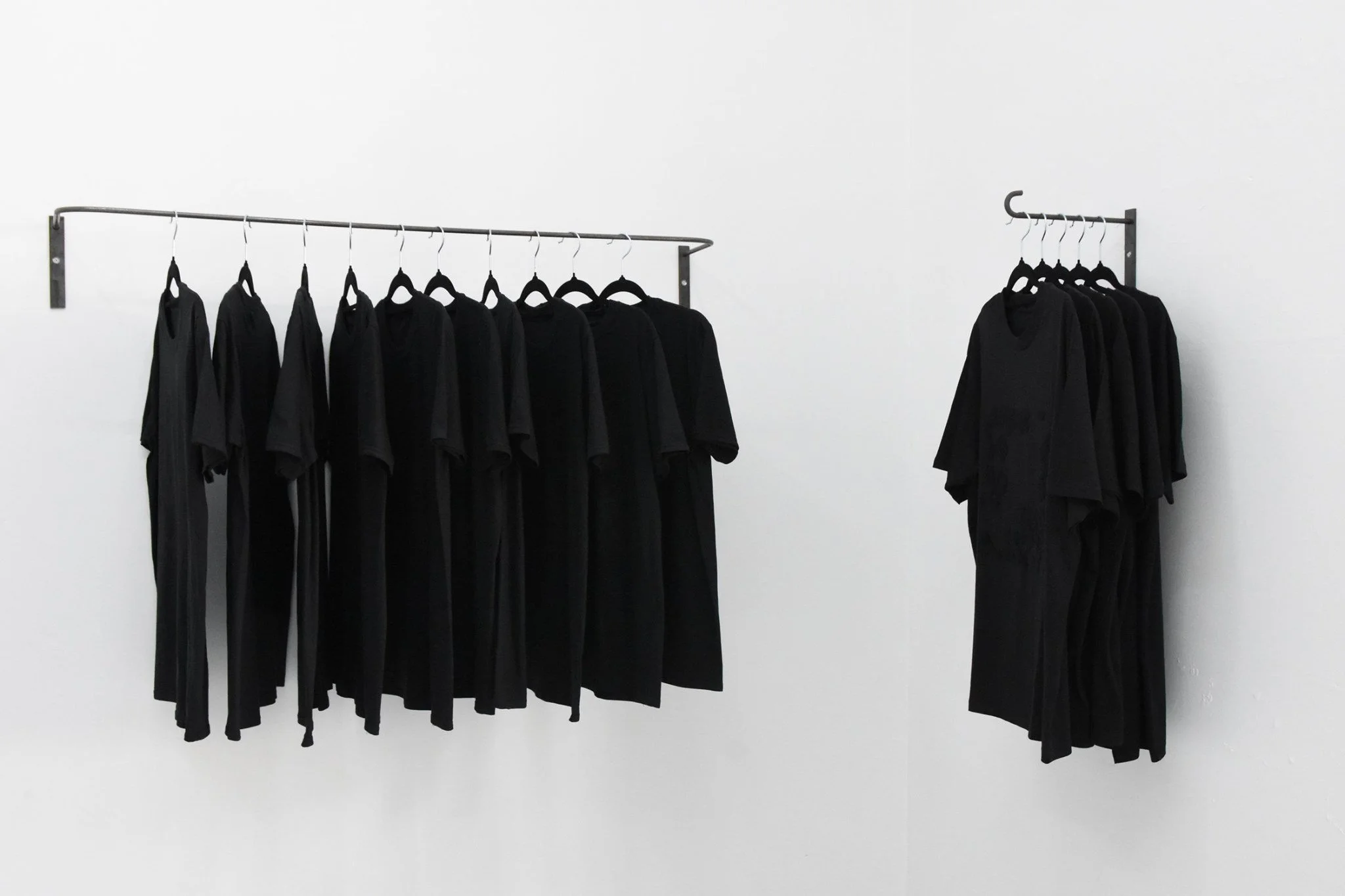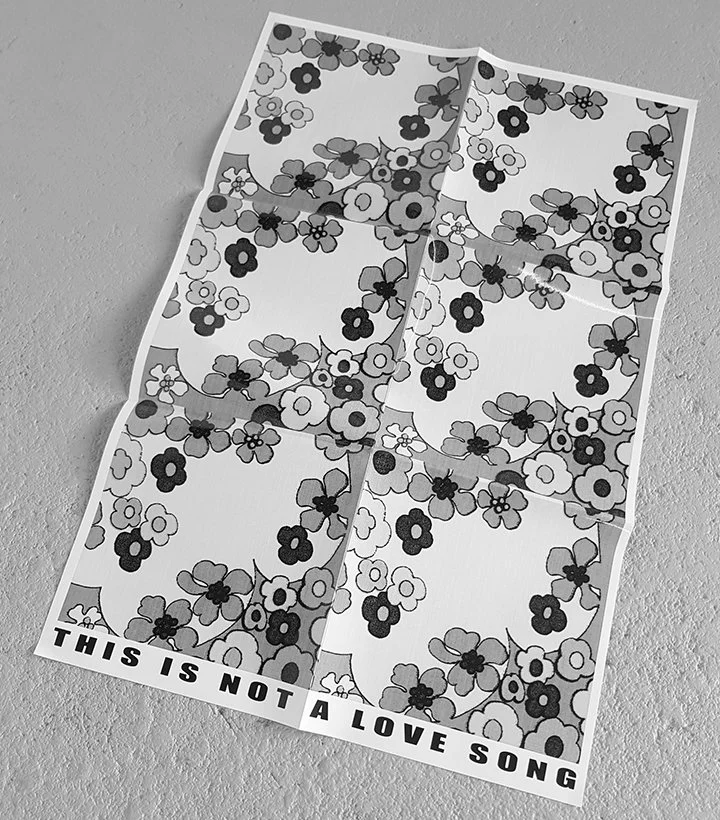this is not a love song [COMA]
THIS IS NOT A LOVE SONG: The first iteration of an ongoing project to gather and archive the sound of institutions around the world to find what might be universal to them through a study of ambience. The project collects the specificity of place and culture belonging to each recording in an ensemble to form a whole intercontinental big picture as a homogeneity. In this first iteration, the place hasn’t been specified, removing the designation from a singular recording allows it to act as a proxy and precariously become a universal representation of institutional ambience.
Transposed audibly from one space to another, sound becomes a means of mixing signifiers relative to a given place and situation. If being somewhere has its own sound, then the ‘being there’ within a sound creates a means to transpose the listener from one place to another. The idea of transporting the listener in a conceptual manner is manifested through any kind of connection via an indexical link.
Joe and Chanelle focus their interest in labour types by bringing together the large scale of institutional architecture and the personal labour of the invigilator. Together with the minimal presentation of sound, they present their work on vinyl accompanied by a merchandising aesthetic of t-shirts and posters.
To view a catalogue of works for either show or to request further information please email info@comagallery.com
SOLO EXHIBITION
Joe Wilson & Chanelle Collier
August 2nd, 2019
First Floor, 71 / 73 Stanley St, Darlinghurst NSW 2010
https://www.comagallery.com/artworks/1413-joe-wilson-chanelle-collier-the-very-best-of-5-2019/
Print Edition of 10 on Vinyl, with Poster
This Is Not A Love Song, 2019 Print Edition of 10. Duration 14:52 mins.
This Is Not A Love Song is the first iteration of an ongoing project to gather and archive the sound of institutions around the world to find what might be universal to them through a study of ambience. The project collects the specificity of place and culture belonging to each recording in an ensemble to form a whole intercontinental big picture as a homogeneity. In this first iteration, the place hasn’t been specified, removing the designation from a singular recording allows it to act as a proxy and precariously become a universal representation of institutional ambience.
Transposed audibly from one space to another, sound becomes a means of mixing signifiers relative to a given place and situation. If being somewhere has its own sound, then the ‘being there’ within a sound creates a means to transpose the listener from one place to another. The idea transporting the listener in a conceptual manner is manifested through any kind of connection via an indexical link. Furthering this, another work (in progress) called Wish You Were Here looks at creating a link via telephone as a real time interface.
The Listener is an interesting form of the spectator in relation to the Museum, it implies an audio reference rather than a visual one. In a visual field the spectator is an intruder, evidenced by their conspicuous absence within the trope of an installation shot. Viewing is, in this context, a vanishing labour. This conception of the viewing body preferences the disembodied ear over the disembodied eye.
In concert with the sound installation is the Invigilator’s chair, both occupied and empty. The invigilator and their chair appear as a figurative representation of the institution, a museological marker. As a non-spectator, the invigilator is normally intended to be invisible in relation to the artworks, and has no viewing body. They keep time within an exhibition and as is their title, keep vigil, an act that both safeguards and verifies the viewers relationship to an artwork, a relationship of distancing and supervision.
For the artists to be hiring an invigilator, it is about a direct interaction with labour in terms of banal compensation. The artist as provider and employer is a shift from being a producer and supplier; altering their relationship to demand in contrast to the scale of an institution. If the invigilator plays a role of distancing the viewer from a work of art, the contract reflects also the distance between an artist, especially at an early career phase, to the institution.
To make contact with the institution is a legitimating act, through the seeking of permission and approval. Omission or refusal generates a new relationship between artist and institution, and a recording outside or inside the space reveals the artists position to it.
The sound of an art institution is an index of acoustic prestige. Prestige is explicit in the large buildings common to an institutional architecture. The recordings come from an incursion into a privileged space. There is a reference in this act to the aspiration toward the institution and its validifying effect. An illegitimate usage of the space is a rogue act, taking the sound that belongs to a museum is an act of appropriation. Thinking through that space becomes possible by occupying it as a de facto studio.
A covert extraction of ambience, using a microphone as a machine that hears. When the natural becomes machined it is exploited as a multiple. The microphone differs from the human ear, noise is treated evenly in relation to the receiver and there is no filter or prioritisation. The background is brought forward. The data has been pressed into a reproducible vinyl analogue. The sound gains substance, a performative materiality that rolls outwardly from the source.
Eschewing traditional painting, and engaging the context of its placement, uncovers the unspoken ideology of a painting. The interaction with a work of art is an outsourcing of attention as labour which is in effect performative. A painter doesn’t work on a canvas, they work in a network.
















